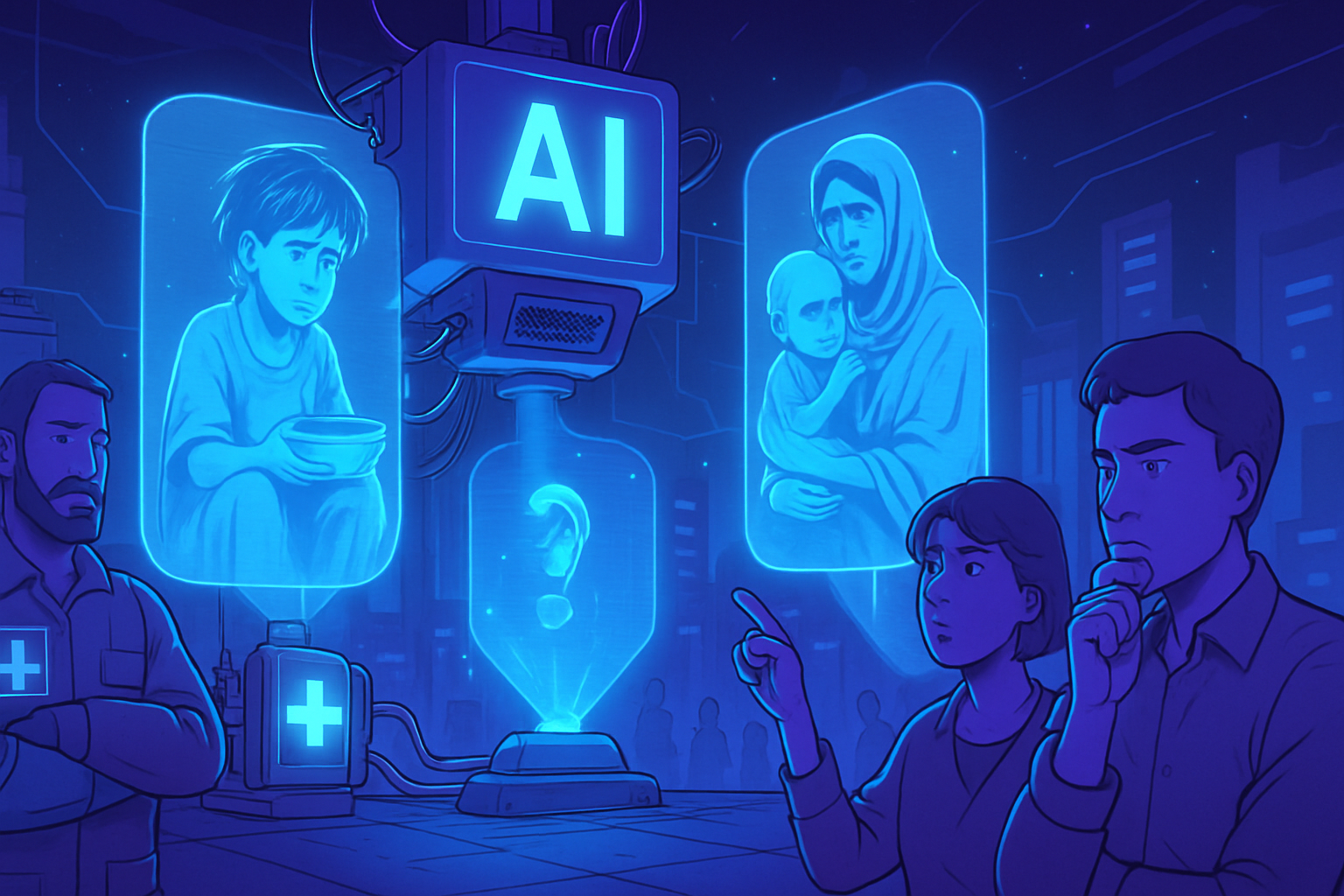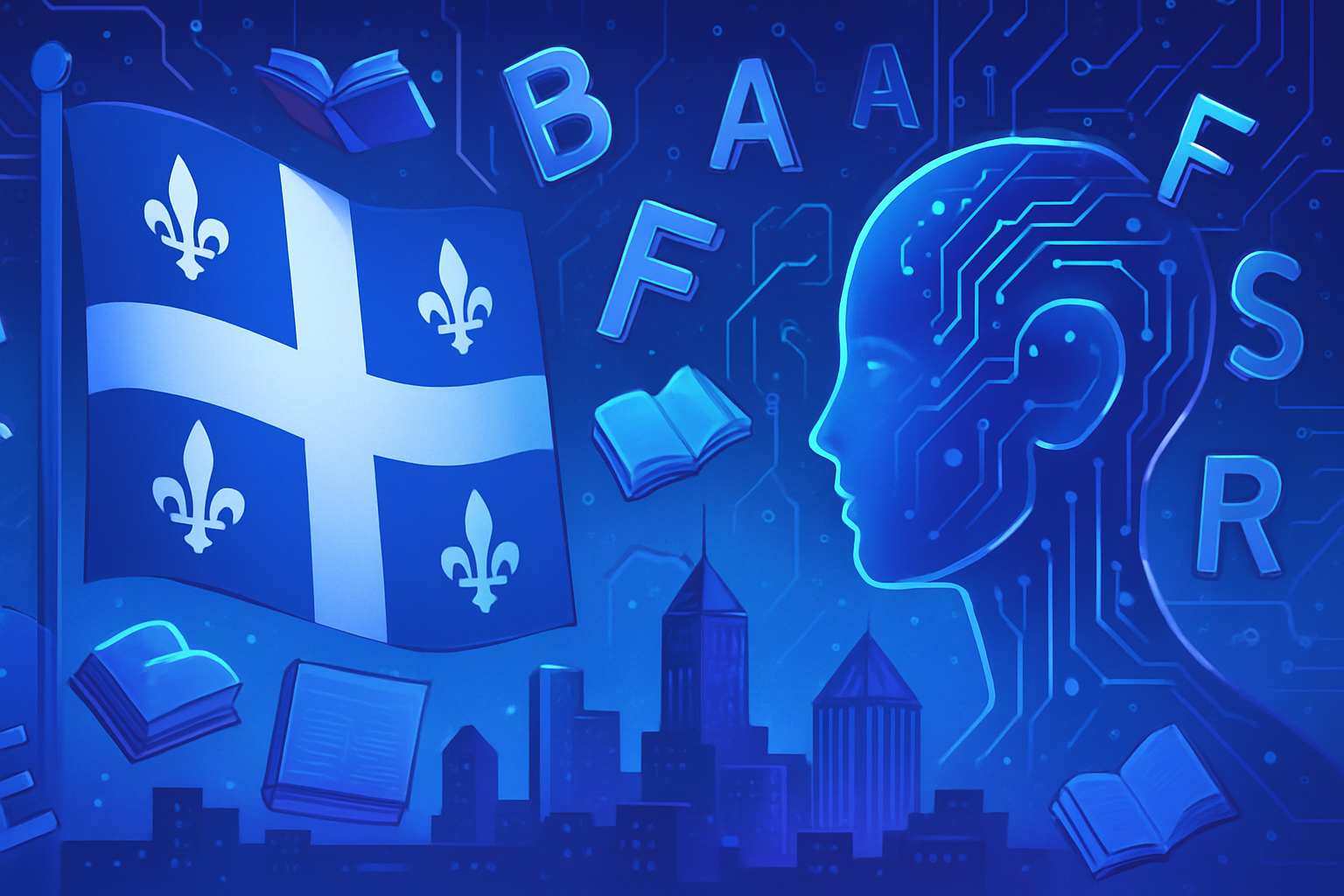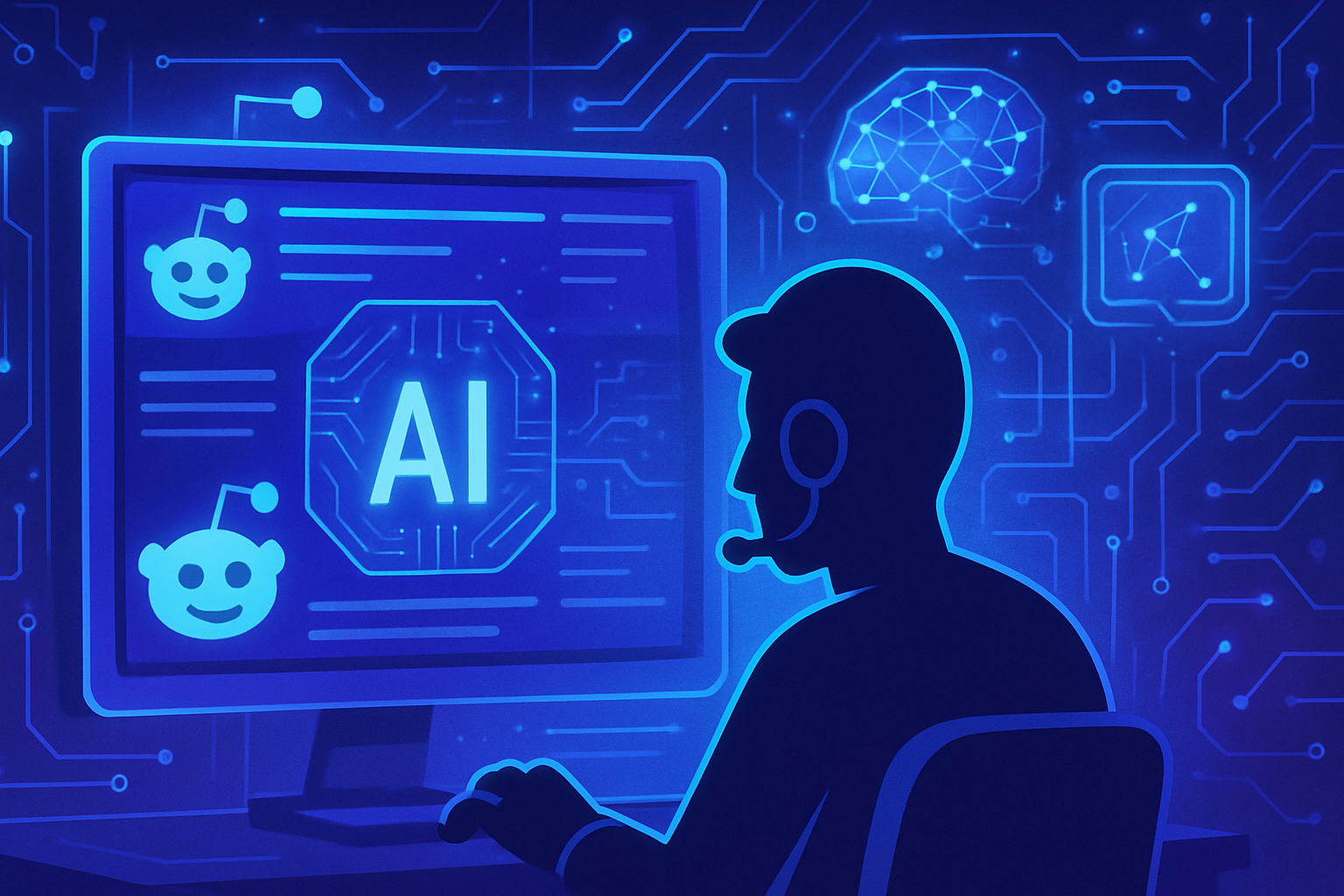The future of chatbots relies on the finesse of our communication. Recent research unveils the inevitable impact of our lexical choices on their performance. *The conversational style* influences the *accuracy of the responses* provided by these virtual assistants. Recent studies reveal that the formulation of our questions determines the quality of interactions. Understanding this dynamic could transform our approach to these digital tools. *Refined communication enriches the user experience* and is a crucial issue for the effectiveness of chatbots in customer service.
The impact of our communication on chatbot accuracy
A recent study conducted by Fulei Zhang and Zhou Yu, researchers at Amazon, reveals that the way users interact with chatbots significantly influences the quality of responses. Their research examines linguistic variations between messages sent to human agents and artificial intelligence systems.
Observation of human interaction
When conversing with a human agent, users often adopt a more formal language register. Experiments assume that politeness and grammatical complexity increase in these interactions. Analyzing thousands of messages, researchers note a 14.5% increase in formality and a 5.3% increase in grammatical fluency compared to exchanges with chatbots.
Training AI models
The researchers trained an AI model, named Mistral 7B, with nearly 13,000 real conversations. This step improved the chatbots’ understanding of user intentions. The model was then evaluated on around 1,300 messages intended for chatbots, including rewrites to test different communication styles.
Significant results
The results indicate that chatbots exposed to stylistic diversity were 2.9% more effective at identifying user intentions. Mistral particularly benefited from varied exposure, integrating both authentic and simulated messages. This approach broadens the interpretative capabilities of chatbots in varied contexts.
Effects of language formalization
An attempt to rewrite informal messages in a more formal language had the opposite effect. This experimentation resulted in nearly a 2% decline in chat comprehension. Therefore, it is imperative to avoid subsequent linguistic transformations that could lead to semantic distortions.
Researchers’ conclusion
The researchers emphasize the need to train AI models with a diverse range of communication styles. They state that “exposure to a diverse linguistic variation during training is more effective than post hoc normalization.” These findings could transform the quality of chatbots’ responses, making them more relevant and effective.
To delve deeper into related topics, articles such as the discovery of telecommunications market trends or the monetization strategy of the 5G network by China Mobile and Huawei provide insights into the impact of communication technologies.
The relevance of messages in digital communication is also visible in the integration of AI into tools such as Canva, which makes conversational artificial intelligence accessible in French, or in the use of AIs in the travel sector as illustrated by HotelPlanner AI. An innovative fusion of neuroscience, AI, and music could also contribute to advancements in mental health, as discussed in this study on the fusion of disciplines.
Frequently Asked Questions about the impact of our communication on chatbot accuracy
How does our communication style affect chatbot performance?
Research shows that our choice of language, whether formal or informal, directly influences the quality of responses provided by chatbots. Users adopt different ways of speaking depending on whether they are communicating with a human or a machine, which can affect the chatbot’s understanding.
What is the role of politeness in interactions with chatbots?
A study revealed that users tend to be more polite and formal when interacting with human agents compared to chatbots. This can influence how the chatbot interprets the user’s intention and, consequently, its ability to respond correctly.
Why is it important to use diverse communication styles when training chatbots?
Training chatbots on a varied range of communication styles helps improve their ability to understand diverse intentions. Recent results show that chatbots exposed to different types of messages are better at grasping user intent.
Can chatbots improve when exposed to informal conversations?
Yes, studies indicate that chatbots trained with a mix of formal and informal messages are more effective at responding to requests. This allows them to better adapt to users’ communication styles.
What types of messages should be included in chatbot training?
For effective training, it is advisable to include both real and simulated messages, reflecting various linguistic variations. This helps chatbots correctly interpret a broader range of user interactions.
What impacts can excessive normalization of language have on chatbots?
Excessive normalization of language can lead to a decline in chatbot comprehension, as it does not allow them to learn to interpret diverse communication styles during their training phase.
How can users enhance their interactions with chatbots?
To optimize chatbot responses, it is recommended to use clear language and maintain a certain level of politeness. This can help ensure better understanding and more appropriate responses.





